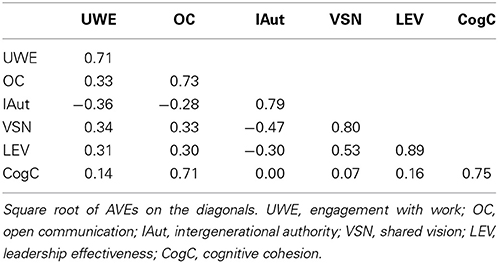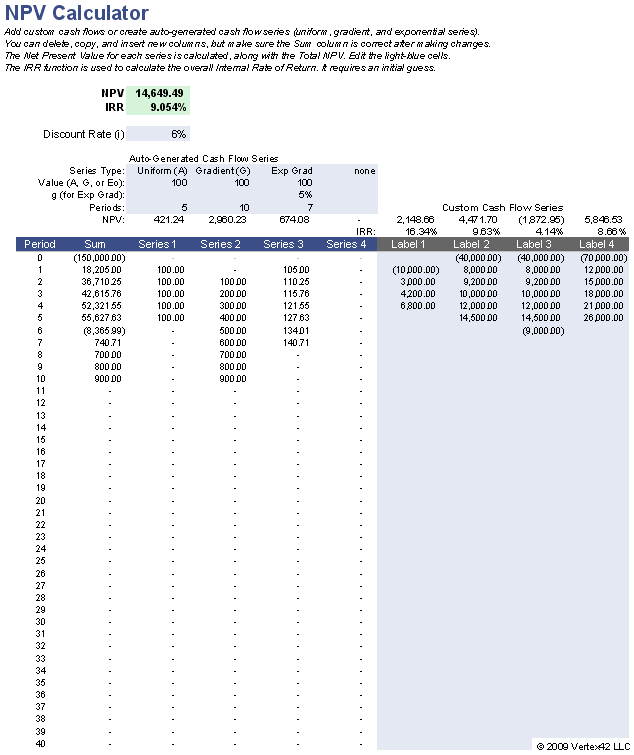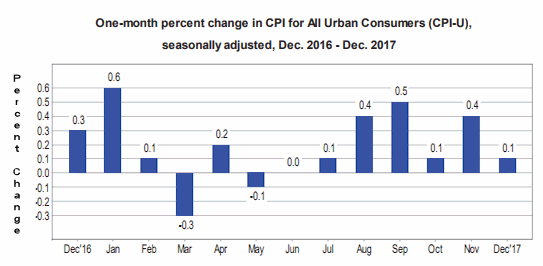
Ceding a portion of the risk to a reinsurer allows an insurance company to manage its overall risk exposure more effectively and efficiently. Reinsurance ceded and reinsurance assumed are the actions taken by the two parties involved in this type of contract between two insurance companies. The reinsurance industry, by contrast, is not as heavily regulated. Reinsurers do not deal directly with policyholders, so consumer protections do not necessarily apply.

Ceding benefits insurance companies by hedging against undesired loss or exposure. One type of ceding is by transferring the risk of an individual policy. This might happen if a particular risk is not a part of the original policy and only by transferring it to another company can the policy be executed. Ceding insurance risks to another company is a way of lowering the possibility of a negative financial situation for an insurance company since some claims will now be paid by another company. Reinsurance ceded is an insurance industry term that refers to the portion of risk that a primary insurer passes to another insurer. This practice allows the primary insurer to limit the overall risk exposure that it takes on with its clients.
Munich Re Group is the world’s largest reinsurer, or recipient of ceded insurance, as of 2022, with net premiums of approximately $43.1 billion, according to Statista. (B) policies issued prior to January 1, 2015, if risk pertaining to policies is ceded in connection with the treaty, in whole or in part, on or after January 1, 2015. There are a variety of commissions related to the Agreements dealt with in the insurance and reinsurance industry. If no loss occurs, then ABC Insurance Company keeps the entire premium. There are several reasons why an insurance company may choose to cede risk.
Types of Reinsurance for Ceding Companies
Many reinsurance placements are not placed with a single reinsurer but are shared between a number of reinsurers. For example, a $30,000,000 excess of $20,000,000 layer may be shared by 30 or more reinsurers. The reinsurer who sets the terms (premium and contract conditions) for the reinsurance contract is called the lead reinsurer; the other companies subscribing to the contract are called following reinsurers. Alternatively, one reinsurer can accept the whole of the reinsurance and then retrocede it (pass it on in a further reinsurance arrangement) to other companies. By delegating portions of their insurance policies to other, typically smaller organizations, licensed insurers can spread the risk in excess of insuring policies.
- In a report, Modernizing Reinsurance Administration, the company notes that many large insurers are taking on and administering literally thousands of reinsurance contracts.
- The ceding company may seek surplus reinsurance to limit the losses it might incur from a small number of large claims as a result of random fluctuations in experience.
- Assumptions used in estimating reinsurance recoverables shall be consistent with those used in estimating the related liabilities.
- That means that an insurance company must abide by the regulations of the individual states in which it does business.
- The main forms of non-proportional reinsurance are excess of loss and stop loss.
This is when a company ceded part of a risk or part of a multitude of risks to a reinsurer. Reinsurance ceded refers to that portion of a risk that an original insurer (also known as a “primary” insurer) transfers to a reinsurer in return for a stated premium. Surplus share reinsurance and quota reinsurance are two types of agreement between an insurer and a reinsurer that define the responsibilities of each party.
PwC refers to the US member firm or one of its subsidiaries or affiliates, and may sometimes refer to the PwC network. This content is for general information purposes only, and should not be used as a substitute for consultation with professional advisors. Read on as we take a closer look at the ceding commission, and lay out the formula you’ll need to calculate it. It’s all about risk and price, and about how well risk is evaluated.Although it may sound like an exaggeration, there is a battle between cession and retention driven by price and risk appetite. There are actuaries – or risk managers – who are adverse to risk on the one side, and more risk-friendly underwriters on the other. Cession evolves between these two philosophies, these two strategies.
Reduction Of Liability For Reinsurance Ceded By Domestic Insurer To Assuming Insurer — Definition
Ceding in reinsurance refers to the transfer of risk from one insurance company to another. A ceding company limit is the maximum amount of risk that an insurance company is willing to transfer to another insurer. Reinsurance creates an opportunity for insurers and reinsurers to exchange profit at each other’s expense, based on the accuracy of the actuarial calculations which determine the price of the risk. Nevertheless, reinsurers must be licensed as insurers in each state in which they do business. They also must abide by the regulations and financial reporting requirements of each jurisdiction.

Most of the above examples concern reinsurance contracts that cover more than one policy (treaty). Reinsurance can also be purchased on a per policy basis, in which case it is known as facultative reinsurance. Facultative reinsurance can be written on either a quota share or excess of loss basis.
Reinsurance Terminology
If they issue a $200,000 policy, they would give (cede) half of the premiums and losses to the reinsurer (1 line each). The maximum automatic underwriting capacity of the cedant would be $1,000,000 in this example. Any policy larger than this would require facultative reinsurance. Under proportional reinsurance, one or more reinsurers take a stated percentage share of each policy that an insurer issues (“writes”).
Click here to extend your session to continue reading our licensed content, if not, you will be automatically logged off. Once you have viewed this piece of content, to ensure you can access the content most relevant to you, please confirm your territory. These materials were downloaded from PwC’s Viewpoint (viewpoint.pwc.com) under license.
- Facultative reinsurance can be written on either a quota share or excess of loss basis.
- Reinsurance ceded refers to a situation in which an insurance company (called the ceding company) transfers a risk or risks in a policy to another company (the reinsurer).
- A basis under which reinsurance is provided for claims arising from policies commencing during the period to which the reinsurance
relates. - The accepting company pays a commission to the ceding company on the reinsurance ceded.
First, it may not have sufficient capital to prudently retain all of the business that it can sell. For example, it may only be able to offer a total of $100 million in coverage, but by reinsuring 75% of it, it can sell four times as much, and retain some of the profits on the additional business via the ceding commission. The main challenge for the reinsurance industry is, of course, the utter unpredictability reinsurance ceded meaning of catastrophic events. The COVID-19 pandemic, for example, presents an unprecedented challenge to certain specialty reinsurers such as those in the business of protecting against losses in the travel industry and the convention business. Reinsurance contracts are negotiated on a case-by-case basis and have grown increasingly complex, according to Deloitte, a professional services advisory firm.
More Definitions of Ceded
The biggest names globally in reinsurance include Swiss Re Ltd., Berkshire Hathaway Inc., and Reinsurance Group of America Inc. Reinsurance is sometimes called “stop-loss insurance.” The practice allows an insurance company to put a cap on the maximum losses it may sustain in a worst-case scenario. A policy which covers all claims reported to an insurer within the policy period irrespective of when they occurred. Assume that ABC Insurance Company writes a property insurance policy with a face value of $1 million. ABC Insurance Company decides to cede $500,000 of the risk to XYZ Reinsurance Company. In other words, cession refers to the portion of insurance policies or portfolio which are transferred to a reinsurer.
Progressive (PGR) Q2 2023 Earnings Call Transcript – The Motley Fool
Progressive (PGR) Q2 2023 Earnings Call Transcript.
Posted: Wed, 02 Aug 2023 19:00:21 GMT [source]
The income smoothing arises because the losses of the cedant are limited. This fosters stability in claim payouts and caps indemnification costs. There are two main types of treaty reinsurance, proportional and non-proportional, which are detailed below.
This would make its results more predictable on a net basis (i.e. allowing for the reinsurance). This is usually one of the objectives of reinsurance arrangements for the insurance companies. With this approach, the reinsurer consents to take on a predetermined portion of any potential claims loss before the ceding firm is held accountable. Insurance companies are susceptible to sudden losses because of their extensive involvement with high-risk businesses. Reinsurer offers the ceding company a number of advantages, including reduced liability and protection from significant losses. By shifting all or a portion of the risk to the reinsurance business, the casting firm is better able to retain its solvency margin and increase its capacity for underwriting.
Reinsurance tutorials #16
In the past 30 years there has been a major shift from proportional to non-proportional reinsurance in the property and casualty fields. Ceding commissions, which are a component of the reinsurance agreement, are typically expressed as percentages. The contract will also specify the dates that the agreement will be able to renew or change. By collecting commission, the ceding insurer is able to partially offset the expense of underwriting the policy. Additionally, the ceding commission aids in making up for lost premium money that the ceding business would have kept in reserve in case it was necessary to pay a claim. Insurance firms use the combined ratio to make choices and determine profitability.

Excess of loss reinsurance can have three forms – “Per Risk XL” (Working XL), “Per Occurrence or Per Event XL” (Catastrophe or Cat XL), and “Aggregate XL”. Read on as we take a deeper look at everything to do with ceding companies. As for arbitrage and risk appetite, the latter are all about risk and price, about how well instance companies evaluate their risk.
In a report, Modernizing Reinsurance Administration, the company notes that many large insurers are taking on and administering literally thousands of reinsurance contracts. It argues that many companies have not adequately updated and integrated their data technology systems in order to handle these complex demands effectively. A Reinsurance treaty under which all claims occurring during the period of the contract, irrespective of when the underlying policies incepted, are covered. Any losses occurring after the contract expiration date are not covered. Aggregate covers can also be linked to the cedant’s gross premium income during a 12-month period, with limit and deductible expressed as percentages and amounts. By choosing a particular type of reinsurance method, the insurance company may be able to create a more balanced and homogeneous portfolio of insured risks.
The insurance company may want to avail itself of the expertise of a reinsurer, or the reinsurer’s ability to set an appropriate premium, in regard to a specific (specialised) risk. The reinsurer will also wish to apply this expertise to the underwriting in order to protect their own interests. The insurance company may be motivated by arbitrage in purchasing reinsurance coverage at a lower rate than they charge the insured for the underlying risk, whatever the class of insurance. A ceding commission is a fee that is paid by the ceding company to the reinsurer in exchange for assuming the risk. A type of reinsurance in which the ceding company and the reinsurer agree in advance to reinsure all or a specified portion of the business.
For example, an insurance company might insure commercial property risks with policy limits up to $10 million, and then buy per risk reinsurance of $5 million in excess of $5 million. In this case a loss of $6 million on that policy will result in the recovery of $1 million from the reinsurer. These contracts usually contain event limits to prevent their misuse as a substitute for Catastrophe XLs. Under non-proportional reinsurance the reinsurer only pays out if the total claims suffered by the insurer in a given period exceed a stated amount, which is called the “retention” or “priority”. For instance the insurer may be prepared to accept a total loss up to $1 million, and purchases a layer of reinsurance of $4 million in excess of this $1 million.
